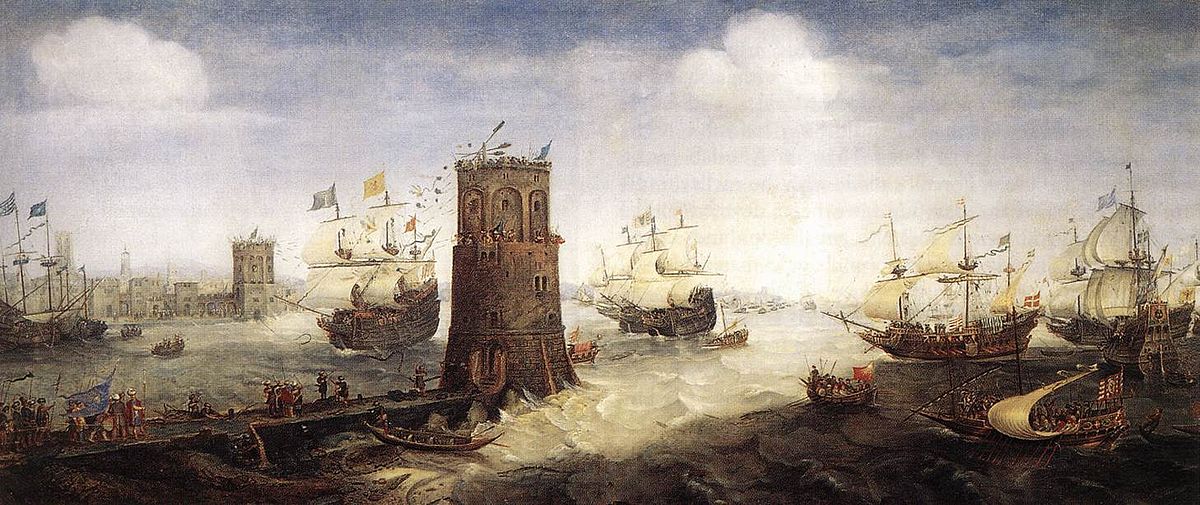
Fifth Crusade
EgyptThe Fifth Crusade (1217–1221) was a campaign in a series of Crusades by Western Europeans to reacquire Jerusalem and the rest of the Holy Land by first conquering Egypt, ruled by the powerful Ayyubid sultanate, led by al-Adil, brother of Saladin.
After the failure of the Fourth Crusade, Innocent III again called for a crusade, and began organizing Crusading armies led by Andrew II of Hungary and Leopold VI of Austria, soon to be joined by John of Brienne. An initial campaign in late 1217 in Syria was inconclusive, and Andrew departed. A German army led by cleric Oliver of Paderborn, and a mixed army of Dutch, Flemish and Frisian soldiers led by William I of Holland, then joined the Crusade in Acre, with a goal of first conquering Egypt, viewed as the key to Jerusalem. There, cardinal Pelagius Galvani arrived as papal legate and de facto leader of the Crusade, supported by John of Brienne and the masters of the Templars, Hospitallers and Teutonic Knights. Holy Roman Emperor Frederick II, who had taken the cross in 1215, did not participate as promised.
Following the successful siege of Damietta in 1218–1219, the Crusaders occupied the port for two years. Al-Kamil, now sultan of Egypt, offered attractive peace terms, including the restoration of Jerusalem to Christian rule. The sultan was rebuked by Pelagius several times, and the Crusaders marched south towards Cairo in July 1221. En route, they attacked a stronghold of al-Kamil at the battle of Mansurah, but they were defeated, forced to surrender.
